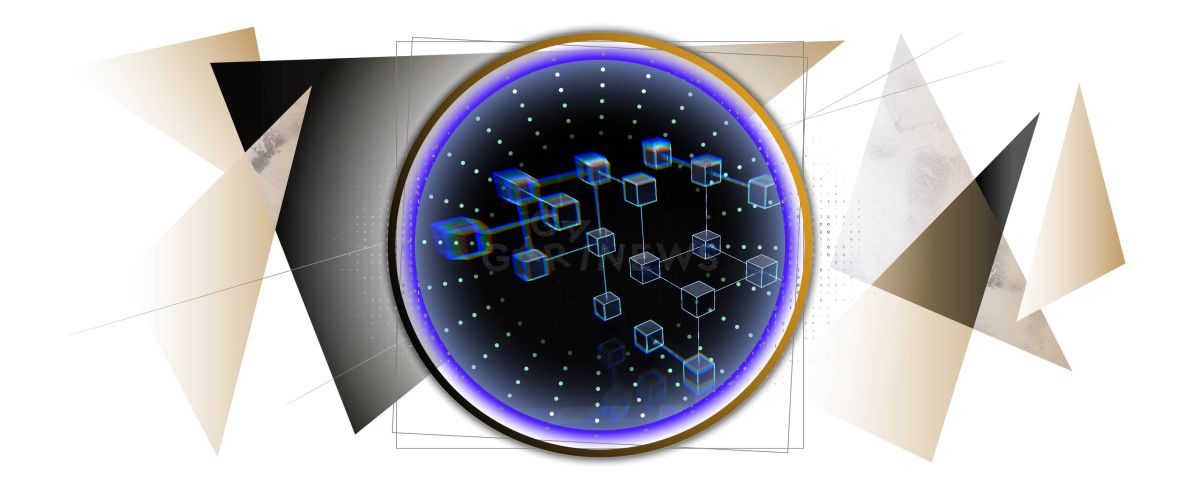Blockchain hard fork: why split the network into two chains?

A hard fork is a blockchain code update that splits the network into several independent chains. When is this tool used, what are typical examples of hard forks, and what is a soft fork? Read our new article to get answers to these questions.
On this page
What is a hard fork?
Blockchain technology is very flexible and inherently prone to transformations of various kinds. The progress that can be achieved is never finite, so improvements and modifications may be needed along the process. Therefore, there is such a concept as a “fork”, which comes from programming. Forks are updates made to the open-source code of a program. They form branches in the protocol.
A hard fork is a radical code change that involves splitting the blockchain into two independent forks. After this modification, the two blockchains operate in parallel: they have different protocols responsible for creating specific functioning parameters, mining conditions, transactions, and other features. Consequently, compatibility becomes disrupted, and future activity in one of the networks will not be displayed on the other.
Why does blockchain splitting happen?
There are many reasons for a hard fork:
• developers disagreement on how the project should evolve;
• hacker attacks;
• introduction of new features;
• improvement of scalability and security;
• creation of a new cryptocurrency;
• accidental due to bugs;
As experience shows, cryptocurrency founders can disagree with each other on what needs to be changed to improve their projects. Then it is necessary to create a separate blockchain fork and establish a new coin based on it.
An important feature of the hard fork is its ability to cancel transactions that can harm the community through hacking or losing funds. Blockchain developers need to continually improve its features, security, stability, and scalability to prevent this from happening. Sometimes this may require radical modifications to the protocol.
A hard fork helps fix bugs in the original code, or it can be an unwanted bug itself. When changes are intentional and deliberate, they have a positive impact on mining, transaction speeds, and other blockchain characteristics.
Examples of hard forks
Bitcoin hard fork
In 2017, many in the bitcoin crypto community strongly opposed increasing the block to 8 MB to speed up transactions. As a result, proponents of the expansion decided to conduct a hard fork. This is how the cryptocurrency Bitcoin Cash (BCH) appeared, which later had its own forks to form Bitcoin Cash ABC (BTCA), Bitcoin SV (BSV), and Bitcoin Cash Node (BCHN).
Ethereum hard fork
The Ethereum hard fork occurred after the main network, now called Ethereum Classic, was hacked for $150 million in 2016. A new chain had to be implemented to recover the capital, which canceled the fraudulent transaction.
Another awkward situation related to the Ethereum hard fork happened in 2020. At that time, the developers of the network conducted an unexpected fork of the network and did not inform all of their customers about it. As a result, some ran into problems using an un-updated blockchain.
Soft fork VS Hard fork
While a hard fork forms a new independent branch of the blockchain incompatible with the previous version, a soft fork is simply an upgrade to an existing network that continues to support the old transaction blocks and work with the newly updated protocol.
When a soft fork is used, the blockchain simply adopts the new rules of operation while retaining the previous conditions. This results in multiple forks with different characteristics for the same network.
A prime example of a successful protocol update is Segregated Witness (SegWit), conducted on the Bitcoin blockchain in 2015. Before that soft fork, the cost of a transaction could be $30, and it was very slow. The essence of the update was to increase the size of the block from 1 MB to 4 MB. To do that, it was necessary to remove the data signatures in the transactions, which took up about 65% of the space. When the throughput increased, the main blockchain accepted the new 4 MB blocks and the old 1 MB blocks.
Both types of forks are needed to make useful changes to the blockchain and cryptocurrency code. Their difference lies only in the end result, and their goals are the same – to improve operation with crypto assets.
Hard fork and soft fork are useful tools that help ensure blockchain longevity and relevance, solve security problems, and improve interaction with cryptocurrencies. They are used to transform a decentralized system depending on the needs of a particular project.
The content on The Coinomist is for informational purposes only and should not be interpreted as financial advice. While we strive to provide accurate and up-to-date information, we do not guarantee the accuracy, completeness, or reliability of any content. Neither we accept liability for any errors or omissions in the information provided or for any financial losses incurred as a result of relying on this information. Actions based on this content are at your own risk. Always do your own research and consult a professional. See our Terms, Privacy Policy, and Disclaimers for more details.

























